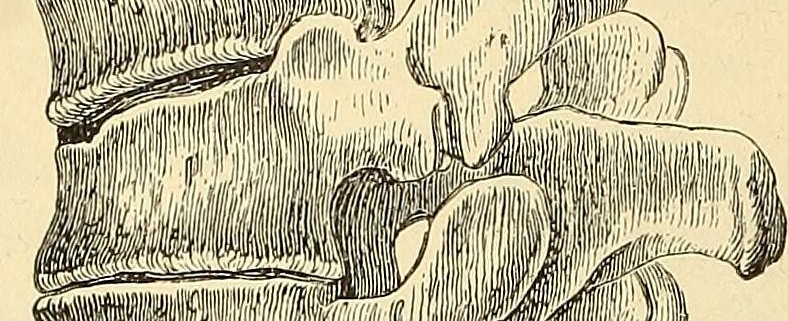Spinal Compression Fractures

Overview
Spinal compression fractures occur when one or more bones in the spine, known as vertebrae, collapse. This condition is prevalent in people suffering from osteoporosis and can lead to severe back pain, loss of height, stooped posture, or disability.
Types
There are various types of spinal compression fractures. They include:
-
- Wedge fractures: Commonly occurring at the front of the vertebra, leading to its collapse and results in the spine’s forward tilt
-
- Axial burst fractures: Both the front and back of the vertebra break, often due to a fall from a height
-
- Crush fractures: The entire bone breaks, not just the front or the back
Causes
Most spinal compression fractures are a result of osteoporosis. Other causes include:
-
- Trauma or injury
-
- Certain types of cancer that spread to the spine
-
- Long-term use of corticosteroids
Symptoms
Symptoms of spinal compression fractures may differ among individuals. Some common signs include:
-
- Back pain
-
- Sudden onset of pain
-
- Difficulty in standing or walking
-
- Decreased mobility
-
- Height loss
-
- Deformity or curvature of the spine
Less common symptoms can include numbness, tingling, weakness, or trouble urinating.
Diagnosis
A thorough physical examination, coupled with your medical history, is the first step to diagnose spinal compression fractures. Other diagnostic methods include:
-
- X-ray: To check for fractures
-
- MRI scans: To examine soft tissue damage
-
- CT scans: To evaluate bone damage
-
- Bone density scans: To determine the state of the bone’s health
Treatment Options
Treatment for spinal compression fractures aims to alleviate pain, stabilize the spine and restore mobility. It can range from conservative methods to surgical approaches.
1. Conservative Treatments:
-
- Pain medications
-
- Bed rest for a short period
-
- Brace use
-
- Physical therapy
2. Surgical Treatments:
-
- Vertebroplasty: A bone cement is injected into the collapsed vertebra
-
- Kyphoplasty: Similar to vertebroplasty, but a balloon is first inserted to restore some height to the vertebra
-
- Spinal fusion surgery: Joins vertebrae together so they can heal into one solid unit
Living With Spinal Compression Fractures
Living with spinal compression fractures can be challenging. Here are a few helpful strategies:
-
- Engage in light exercise such as walking or swimming to maintain mobility and strengthen muscles
-
- Practice good posture
-
- Eat a balanced diet rich in calcium and vitamin D
-
- Lose weight if necessary to reduce stress on the spine
-
- Quit smoking to improve bone health
When to Seek Help
It is crucial to seek immediate medical attention if you experience:
-
- Severe and sudden back pain
-
- Loss of height
-
- Deformity in your spine
-
- Trouble breathing or eating
-
- Numbness, tingling or weakness
Remember, early detection and treatment can improve your chances of full recovery and your overall quality of life. Stay active, eat healthily, and monitor your bone health regularly to prevent spinal compression fractures.
